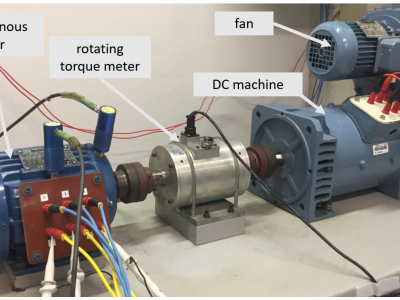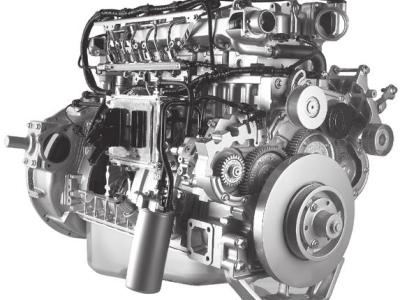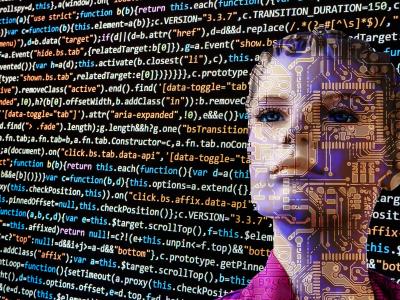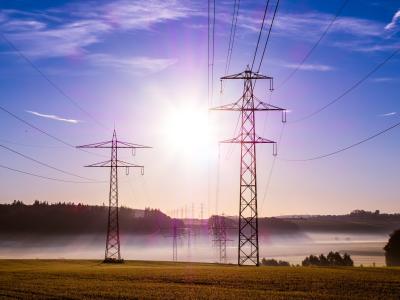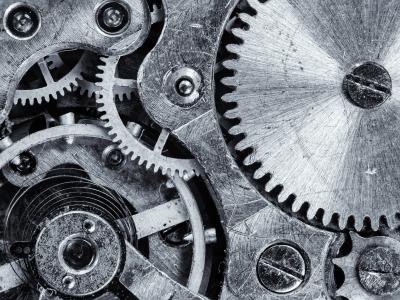Continuous Frame Image Dataset for Welding State Detection in Intelligent Laser Welding (MoltenPool2D)
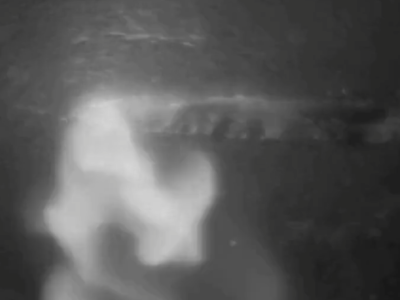
- Citation Author(s):
-
Jiawei Fan
- Submitted by:
- jiawei fan
- Last updated:
- DOI:
- 10.21227/qj7e-bw83
- Data Format:
 146 views
146 views
- Categories:
- Keywords:
Abstract
The study aims to construct a high-quality continuous frame image dataset of laser welding to support the research of automatic welding state detection in intelligent laser welding. The data set is collected by our self-built welding platform and a high-resolution industrial camera. The dataset not only makes up for the shortage of existing laser welding video data, but also provides rich molten pool and welding process context information, which facilitates the development and verification of condition detection algorithms. The paper first introduces the collection method of the data set, and then analyzes the quality of the data set, including the distribution law of various parameters of the data, the statistical analysis of the molten pool characteristics, etc. In order to verify the effectiveness of the dataset in tasks such as welding state recognition, corresponding experiments are designed and the record and storage method of the dataset are introduced. The public release of the MoltenPool2D dataset will provide an important resource for intelligent welding research and promote the development of intelligent welding technology. In the future, we will continue to update and expand the dataset to further enhance its scientific research value and application potential.
Instructions:
Each data file follows a clear and descriptive naming convention: date_weldingId_sequenceId_number.png for image frames and date_weldingId_sequenceId_number.mp4 for video clips. The date and weldingId serve as unique identifiers for each continuous welding session. The sequenceId denotes a specific continuous penetration state during the welding process, while the number represents the temporal order of the frame or video clip within a given video sequence. The organized naming structure ensures that each sample can be efficiently traced, referenced, and managed, particularly in scenarios involving sequential modeling or time-series-based recognition tasks.


